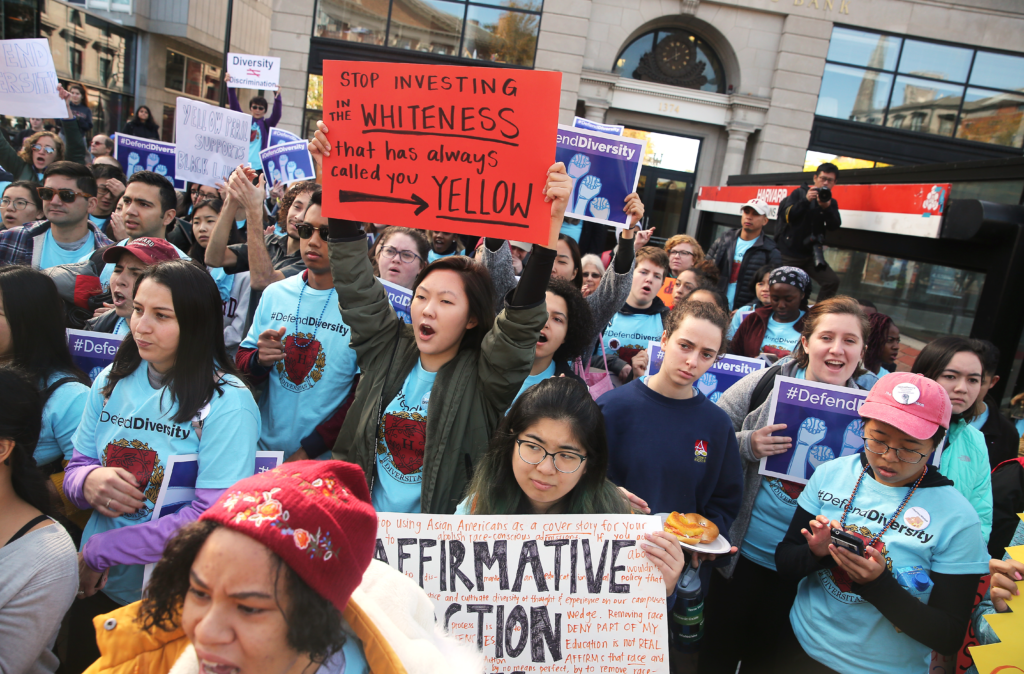I am a black woman with three college degrees and an educator, so I am personally aware of how underrepresented people of color are in the classroom. Affirmative action has been vital to rectify this gap, encourage diversity, and work toward equality. This blog will discuss the history of blacks in education, the importance of affirmative action, and the most recent decision affecting its application.
History of Black People in Education
Black people’s history in education is intricately linked to the fight for equal rights and educational opportunities. To prevent their intellectual and social growth during the American slavery era, black people were denied access to education. Slave laws frequently forbade literacy among the enslaved for concern that it would encourage desires for freedom and equality.
Following the abolition of slavery, initiatives were made to develop black students’ educational opportunities, mostly through segregated institutions. However, compared to their white counterparts, these schools frequently lacked funding, were overcrowded, and offered poorer supplies. The famous case of Brown v. Board of Education in 1954 overturned the principle of “separate but equal,” declaring that segregated schools were inherently unequal and violated the 14th Amendment.
Despite the legal advancements brought about by the Civil Rights Movement, discrimination’s legacy remained to limit black students’ access to higher education. Persistent socioeconomic gaps, systemic racism, and unconscious bias produced barriers that restricted access to high-quality education and supported racial imbalances.
Importance of Affirmative Action
Affirmative action was developed as a necessary remedy to address historical and current discrimination in education against this background. By giving opportunities and support to people from historically marginalized groups, particularly black people, affirmative action aims to level the playing field. It recognizes the structural disadvantages these groups experience and seeks to correct the imbalances through specific policies.
For several reasons, affirmative action in education is essential. The first benefit is that it encourages diversity within educational institutions, creating a welcoming atmosphere that reflects the diverse fabric of our society. Students are better prepared for a globalized society by being exposed to various ideas and experiences, which improves learning outcomes, critical thinking, and cross-cultural competence.
Second, affirmative action increases the number of outstanding people from underrepresented groups who can attend higher education despite having access to limited financial aid or other educational opportunities. Educational institutions can recognize and develop the potential in people who might otherwise go unnoticed by considering variables like color, ethnicity, and gender when making admissions decisions.
Affirmative action also offers long-term societal advantages. People from marginalized groups can affect change in their communities when they are given equal opportunities to succeed in academics and the workplace. They may end the cycle of structural inequity, dispel myths, and motivate younger generations to pursue their aspirations.
The Latest Ruling
A key decision concerning affirmative action and the Equal Protection Clause was made on June 29, 2023. According to “Affirmative Action and the Equal Protection Clause,” a New York Times article, the Supreme Court considered whether affirmative action practices in higher education were constitutional.
In a historic ruling, the Supreme Court maintained affirmative action’s validity, acknowledging its importance for fostering educational diversity and advancing equal protection under the law. The decision reaffirmed the need for affirmative action in resolving past inequalities and establishing a fair playing field for all students.
“While the court can render a decision, it cannot change what America stands for. America is an idea — an idea — unique in the world. An idea of hope and opportunity. Of possibilities. Of giving everyone a fair shot.”
President Joe Biden
After the ruling:
1. Charles Barkley Gives $5 Million for Black Students at His Alma Mater
Former professional basketball player and sports pundit Charles Barkley made public his intention to give $5 million to Leeds High School in Alabama, where he attended high school. The donation supports black kids’ academic endeavours by offering tailored scholarships.

Barkley’s choice to make this substantial contribution is consistent with his dedication to advancing equality of opportunity and tackling educational inequities. Barkley aspires to empower and elevate a disenfranchised group that frequently encounters socioeconomic difficulties and limited access to resources by primarily focusing on black students.
Charles Barkley’s generous deed exemplifies the influence individuals can have in promoting educational projects and working to create a more just society. It reminds us that affirmative action is more than just a rule.
2. Harvard sued over ‘overwhelmingly white’ legacy admissions
Following the affirmative action verdict, the recent lawsuit against Harvard University for its “overwhelmingly white” legacy admissions practices has generated a lot of discussion about the pursuit of diversity and equity inside elite educational institutions. This topic is personal because I am the proud spouse of a black Harvard graduate with a master’s degree. Even if my husband’s accomplishments are admirable, it’s important to critically evaluate the admissions procedures that might sustain privilege and a predominately white student body. By giving preference to applicants with family connections to the university, legacy admissions may unintentionally maintain historical disparities and impede the transition to a more diverse and inclusive learning environment. Institutions like Harvard must constantly assess their admissions practices to make sure that they place a priority on diversity, merit, and other factors.

Conclusion
I have seen the transformative effect of affirmative action in addressing the underrepresentation of people of color in the classroom as a teacher and a black woman with a good educational background. A more inclusive and fair learning environment is made possible through affirmative action.


